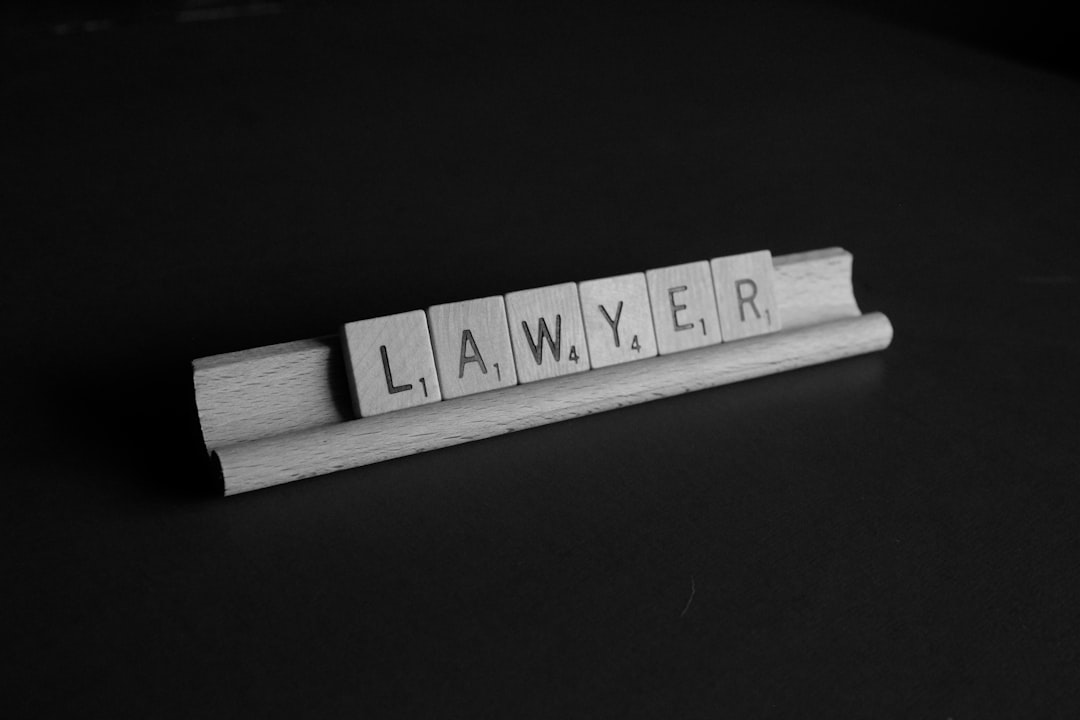In today's digital age, proper law office equipment, particularly lighting solutions, is vital for enhancing productivity among legal professionals. Adjustable lighting options, combining natural daylight with artificial lighting, reduce glare and shadows while boosting morale and cognitive performance. Strategic design creates a calm yet focused atmosphere, facilitating tasks like document review and research. Tailored lighting solutions have been proven to improve accuracy, reduce eye strain, elevate moods, and lower electricity costs, making law office equipment a crucial element in creating ergonomically sound and productive spaces.
In today’s digital era, optimal law office equipment extends beyond technology. Lighting, often overlooked, significantly impacts productivity. This article explores how strategic lighting can transform bustling law offices into calm, focused environments. We delve into understanding the impact of light on cognitive function, essential features to consider for effective lighting, and successful case studies showcasing innovative implementations. Elevate your legal workspace with these insights into productive law office lighting.
- Understanding the Impact of Lighting on Law Office Productivity
- Essential Features to Consider for Effective Law Office Lighting
- Creating a Calm and Focused Environment with Strategic Lighting
- Case Studies: Successful Lighting Implementations in Law Offices
Understanding the Impact of Lighting on Law Office Productivity
In today’s digital era, the right lighting in a law office isn’t just about aesthetics; it’s a key component in enhancing productivity among legal professionals. Proper illumination can significantly impact how staff and attorneys perceive their workspace and perform tasks, from document review to trial preparation. Well-designed law office equipment that incorporates adjustable lighting solutions allows for customization according to individual preferences and task requirements, ensuring optimal visual comfort and accuracy.
The quality and quantity of light play vital roles in maintaining focus and reducing eye strain. Adequate lighting levels minimize glare and shadows, creating an environment conducive to efficient work. Additionally, natural daylighting, when combined with artificial lighting strategies, can regulate circadian rhythms, boost morale, and improve overall cognitive performance—all essential aspects for maximizing productivity within a law office setting.
Essential Features to Consider for Effective Law Office Lighting
In the realm of law offices, effective lighting goes beyond mere aesthetics; it’s a critical component of productive law office equipment. When designing or upgrading your legal practice’s lighting system, several essential features merit consideration. Firstly, uniform illumination across all work areas is paramount. This ensures that documents, computer screens, and reading materials are clearly visible without causing eye strain. Additionally, adjustable lighting options allow for customized settings, catering to different tasks and user preferences, thereby enhancing focus and efficiency.
Color temperature is another crucial aspect. Warmer tones (around 2700K-3000K) create a relaxing and inviting atmosphere, ideal for long work hours. Cooler temperatures (4000K and above) promote alertness and concentration, making them suitable for areas requiring heightened focus like conference rooms or research spaces. Moreover, the integration of natural light through windows or skylights can significantly improve overall well-being and reduce energy consumption, contributing to a more sustainable and productive law office environment.
Creating a Calm and Focused Environment with Strategic Lighting
In the realm of law offices, creating a calm and focused environment is paramount for enhancing productivity among legal professionals and support staff. Strategic lighting plays a crucial role in this endeavor by influencing mood, reducing eye strain, and optimizing workspace efficiency. Well-designed illumination can transform a bustling law office into a serene haven where careful consideration goes into every detail, mirroring the meticulous nature of legal practice.
By strategically placing light sources, adjusting color temperatures, and incorporating dimmable fixtures, law offices can cultivate an atmosphere conducive to concentration. Soft, diffused lighting reduces glare, making it easier for attorneys and their teams to review documents, conduct research, and engage in focused discussions without the distractions often associated with bright, harsh lights. This subtle yet significant adjustment in law office equipment contributes to a more productive and comfortable working environment.
Case Studies: Successful Lighting Implementations in Law Offices
Successful lighting implementations in law offices have been shown to significantly enhance productivity and overall work satisfaction among legal professionals. Case studies highlight that tailored lighting solutions can cater to specific tasks, from detailed document review to conference presentations. For instance, a study of a major law firm revealed that adjusting lighting levels according to task requirements led to a 15% increase in proofreading accuracy and a notable reduction in eye strain reported by staff.
Another implementation focused on natural light integration through smart window treatments, resulting in improved mood and energy levels among lawyers. This approach not only optimized visual comfort but also reduced electricity costs associated with artificial lighting. These examples underscore the importance of considering law office equipment, including lighting systems, as integral components in creating ergonomically sound and productive work environments.
Strategic lighting is a game-changer for law offices, transforming bustling legal spaces into calm, focused environments that enhance productivity. By understanding the impact of lighting on work performance and implementing essential features, such as natural light optimization and task-specific illumination, law offices can create an atmosphere conducive to effective legal practice. The case studies presented highlight successful lighting implementations, demonstrating how thoughtful design choices in law office equipment can contribute to a more productive and satisfying work setting.
